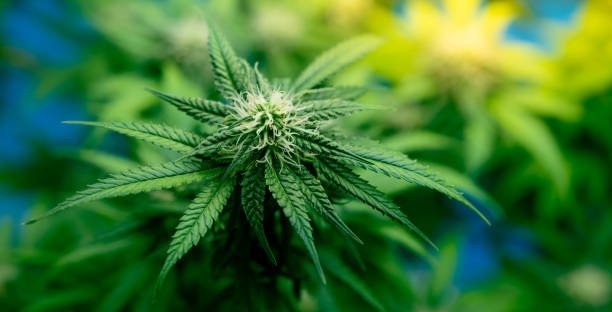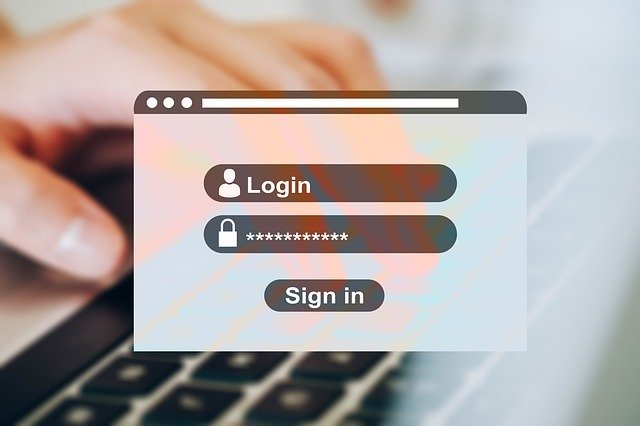On this page, we differentiate between legal and illegal drugs, with examples of each.
Understanding the difference between legal and illegal drugs is crucial for informed decision-making and responsible use. In South Africa, the legal status of various substances is governed by agencies such as the South African Health Products Regulatory Authority (SAHPRA), as well as specific laws like the Medicines and Related Substances Act and the Drugs and Drug Trafficking Act. In this article, we explore delve the key distinctions between legal and illegal drugs, supported by South African examples.
Differentiating Between Legal and Illegal Drugs in South Africa: An In-depth Look with Examples
Legal Drugs in South Africa
Legal drugs are those sanctioned by law and often regulated by governmental agencies for quality, safety, and efficacy. These can range from prescription medicines to over-the-counter (OTC) drugs and even some recreational substances, such as alcohol and tobacco. These drugs are legal to manufacture, possess, and distribute, often with certain restrictions like age limitations or prescription requirements.
South African Examples:
- Paracetamol: Over-the-counter pain reliever
- Insulin: Prescription medicine for diabetes
- Caffeine: Commonly found in coffee and energy drinks
- Ibuprofen: Over-the-counter anti-inflammatory medication
- Antiretroviral Drugs: Prescription medicines for HIV/AIDS
- Amoxicillin: Antibiotic requiring a prescription
- Alcohol: Legal for those over the age of 18
- Nicotine: Found in tobacco products, legal for adults
- Fluoxetine: Prescription antidepressant
- Loratadine: Over-the-counter antihistamine
Illegal Drugs in South Africa
Illegal drugs are substances that the law prohibits from manufacturing, possessing, or distributing. These prohibitions are typically based on a perceived lack of medical benefit and a high potential for abuse. Such drugs are categorized under various classes that usually include narcotics, stimulants, depressants, and hallucinogens.
South African Examples:
- Cocaine: A stimulant drug
- Heroin: An opioid narcotic
- Cannabis: Although decriminalized for personal use, still illegal for sale or large-scale cultivation
- Methamphetamine (“Tik”): A stimulant
- LSD: A hallucinogen
- MDMA (Ecstasy): A psychoactive stimulant
- Nyaope: A street drug mixture containing various substances including heroin
- Magic Mushrooms (Psilocybin): Hallucinogenic fungi
- PCP: A dissociative drug
- Crack Cocaine: A potent form of cocaine
Conclusion
The primary distinction between legal and illegal drugs in South Africa rests on their legal status, determined by local laws and regulations. Legal drugs are generally recognized for their medical applications and are regulated for safety, while illegal drugs are prohibited due to a high potential for abuse and a lack of accepted medical use. It is essential to note that both legal and illegal substances can pose risks, particularly when misused or abused.






